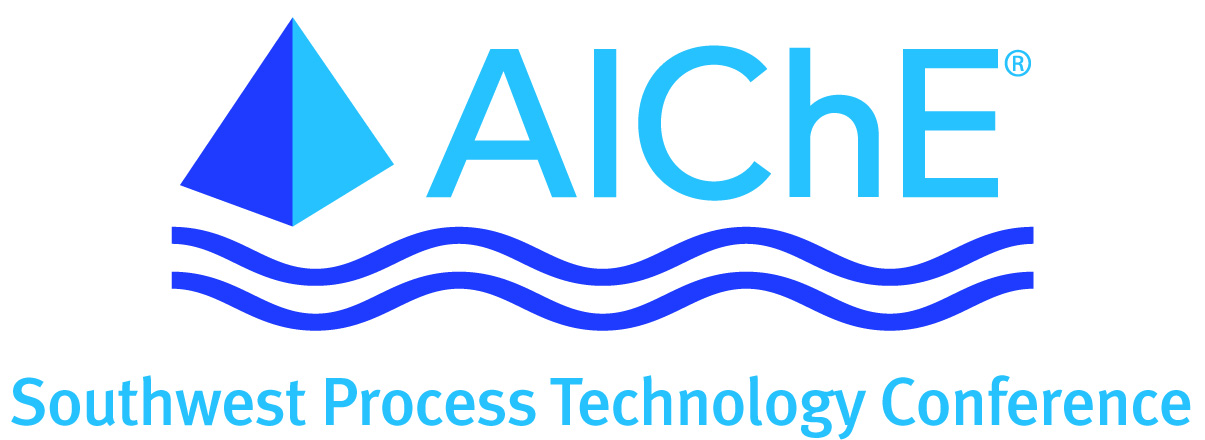

A question is frequently raised by owner/operators of chemical processing and refinery sites as to whether unconfined hydrogen vapor cloud explosions can actually occur. This question normally arises in the course of a consequence-based facility siting study (FSS) or a quantitative risk assessment (QRA). While it seems to be generally recognized that a hydrogen release within a process enclosure could lead to an explosion, the potential for an external hydrogen release to cause a VCE is not as widely recognized and is often questioned. This question appears to stem from impressions that a hydrogen release will ignite quickly and near the point of release, such that a flammable cloud will not have time to develop prior to ignition, and/or that a hydrogen release will not produce a flammable cloud of any significant volume due to its positive buoyancy. Unfortunately, neither impression is correct. Hydrogen releases are susceptible to delayed ignition and hydrogen releases can form significant flammable gas clouds near grade level. Unconfined hydrogen VCEs can occur and such events have, in fact, occurred. Furthermore, given the potential for rapid flame acceleration associated with hydrogen, the consequences of a hydrogen VCE can be severe. Consideration of such events in FSS and QRAs is therefore warranted.
This presentation provides a review of the ignition characteristics of hydrogen relative to the potential for a delayed ignition. Example dispersions, using both simplified dispersion and CFD methods, are presented to illustrate the flammable gas volumes that can be created by hydrogen release scenarios. Both simplified and CFD based blast load predictions are provided to illustrate the range of blast loads that could result from a hydrogen VCE. Last, several hydrogen VCEs previously reported in the literature and several that have not been reported are discussed.
Presenter(s)
Once the content has been viewed and you have attested to it, you will be able to download and print a certificate for PDH credits.
If you have already viewed this content,
please click here
to login.
